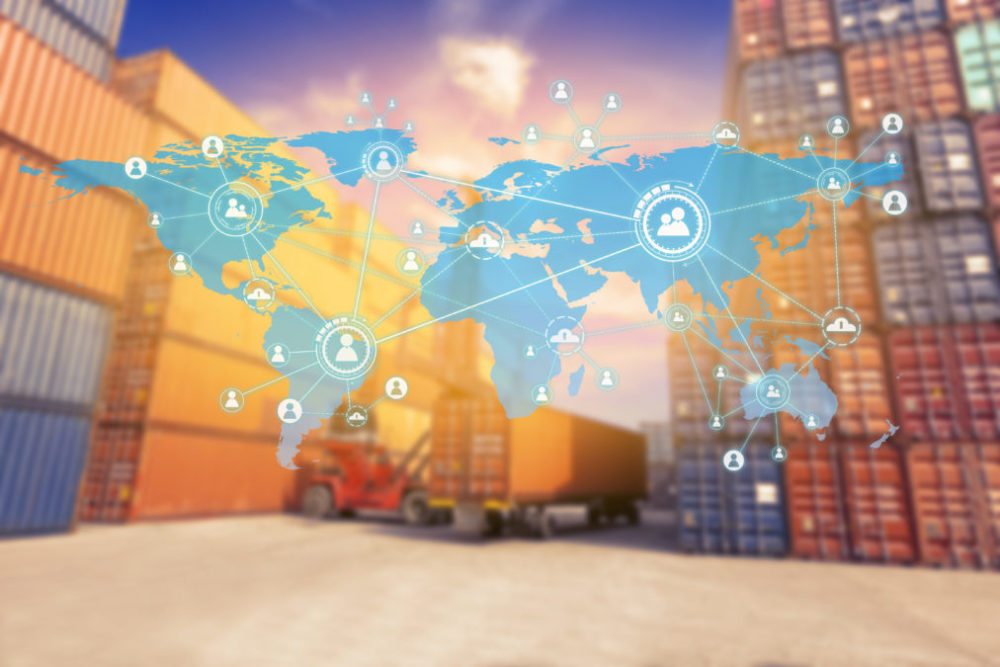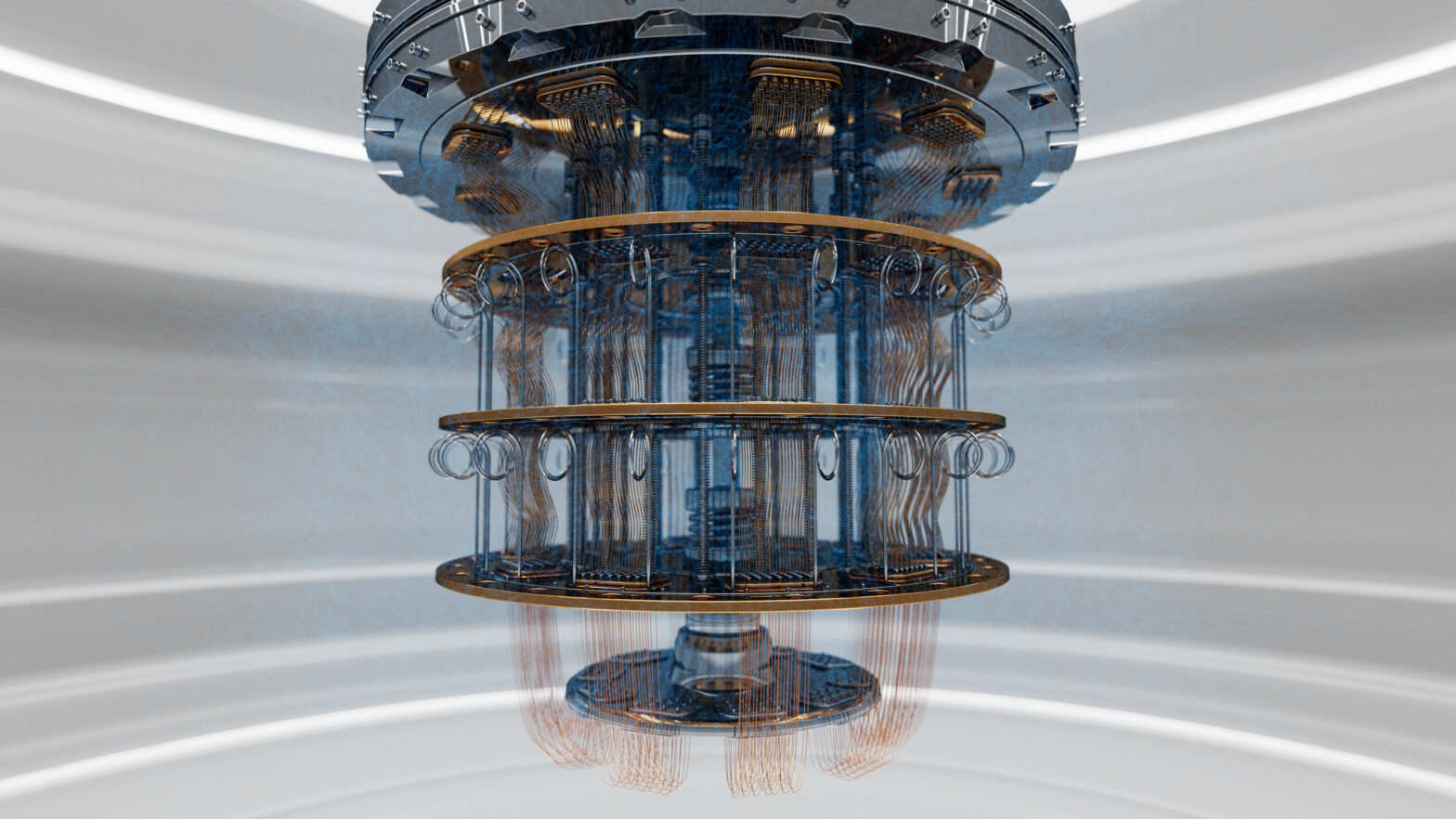Gartner has highlighted the key supply chain technology trends which they warned must not be ignored. Christian Titze, research vice president at Gartner, said: “Within the next five years if half of the large global companies are using some of these technologies in their supply chain operations, it’s safe to say that the technologies will disrupt people, business objectives and IT systems.”
The top 8 supply chain technology trends in 2019 are:
#1 Artificial intelligence (AI)
According to Gartner, AI technology in supply chain operations is all about augmenting workers. Thanks do developments in self-learning and natural language processing, AI is now advanced enough to automate numerous supply chain processes such as predictive maintenance and demand forecasting.
“AI supports the shift to broader supply chain automation that many organisations are seeking,” said Titze. “For example, AI can enhance risk mitigation by analysing large sets of data, continuously identifying evolving patterns, and predicting disruptive events along with potential resolutions.”
How augmented analytics tools will impact the enterprise
#2 Advanced analytics
Thanks to the increase in IoT data and extended external data sources such as weather or traffic conditions, analytics is going to get a lot more advanced. Gartner predicted that organisations will be able to anticipate future scenarios and make better recommendations in areas such as supply chain planning, sourcing and transportation.
“Advanced analytics are not new, but their impact on today’s supply chains are significant,” said Titze. “They will help organisations become more proactive and actionable in managing their supply chains, both in taking advantage of future opportunities and avoiding potential future disruptions.”
#3 IoT
Gartner has reported seeing more supply chain practitioners exploring the potential of IoT. However, according to Gartner, new IoT applications involve more than just passive sensors.
“Areas that IoT might have a profound impact on are enhanced logistics management, improved customer service and improved supply availability,” said Titze.
#4 Robotic process automation (RPA)
Excitement has been building around RPA for some time now, and its place in the enterprise has seen a lot of maturing this year. Like AI, RPA, according to Gartner, is about augmenting workers.
RPA technology operates by mapping a process in the tool language for the software “robot” to follow. It’s proved to reduce human intervention and improve consistency across manual data sources.
Scaling RPA: before automating processes, improve them
Gartner is seeing a significant reduction in process lead times RPA technology is used to automate the creation of purchase and sales orders or shipments.
#5 Autonomous things
Autonomous things use AI to automate functions previously performed by humans, such as autonomous vehicles and drones. They exploit AI to deliver advanced behaviours that interact more naturally with their surroundings and with people.
“The rapid explosion in the number of connected, intelligent things has given this trend a huge push,” said Titze. “The once distant thought of reducing time for inventory checks by using drones’ cameras to take inventory images, for instance, is here.”
#6 Digital supply chain twin
A digital twin is a digital replica of a physical asset, whether that is a product, person, place or system.
They are linked to their real-world counterparts and are used to understand the state of the thing or system to optimise operations and respond efficiently to changes.
Why will smart cities need digital twins?
“Digital supply chain twins are inevitable as the digital world and physical world continue to merge,” said Titze.
#7 Immersive experience
Augmented reality (AR) and virtual reality (VR) technologies have long been touted as the next big thing. For all its promise mass adoption by enterprises have, in reality, always seemed to be on the horizon.
But, this may be about the change, according to Gartner, due to the emerging possibilities these technologies could have in supply chain operations.
“In supply chain, organisations might use AR along with quick response (QR) codes and mobile technology to speed up equipment changeovers in factories,” said Titze. “Immersive user experiences will enable digital business opportunities that have not yet been fully realised within global supply chains.”
#8 Blockchain
Despite blockchain initiatives in supply chain operations being nascent, Gartner still has hope. According to their analysts, blockchain has potential to fulfil long-standing challenges presented across complex global supply chains. Current capabilities offered by blockchain solutions for supply chain include traceability, automation, and security.
“Organisations might use blockchain to track global shipments with tamper-evident labels, allowing a reduction in the time needed to send paperwork back and forth with port authorities and improved counterfeit identification,” said Titze.
How CTOs can introduce blockchain to the enterprise
Gartner’s full report, The 2019 Top Supply Chain Technology Trends You Can’t Ignore, can be found here.







